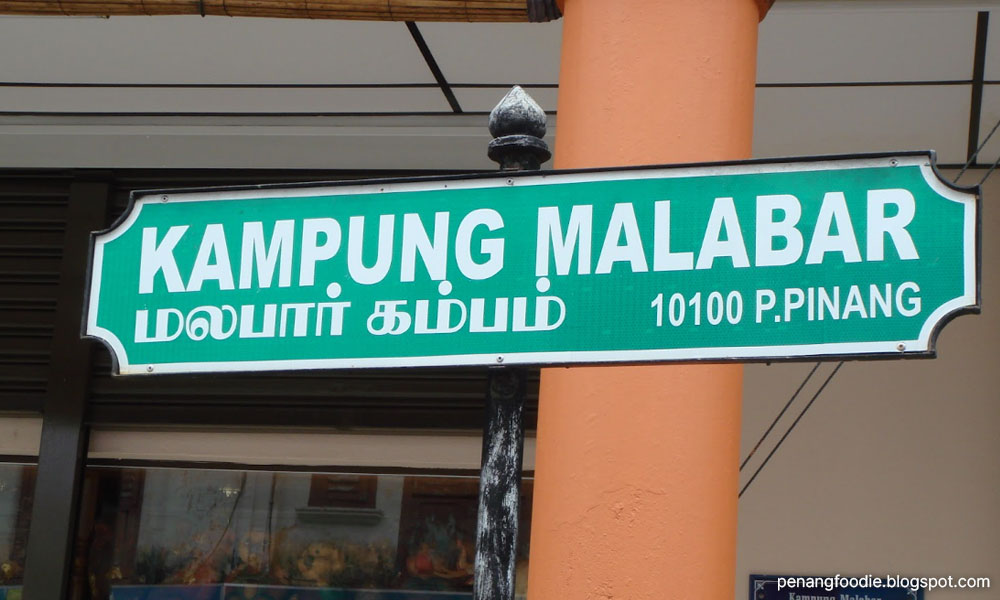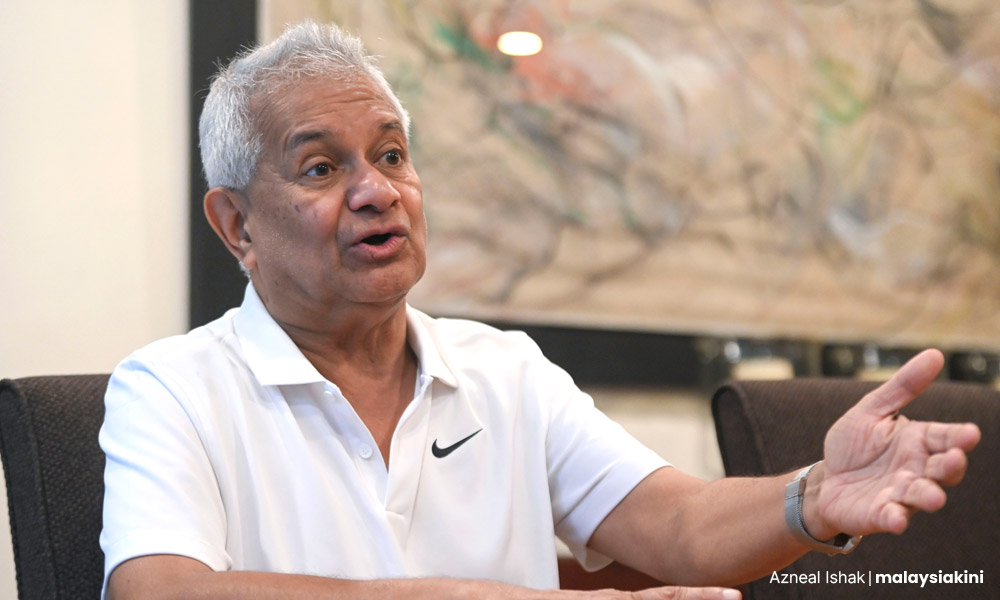HISTORY | Despite forming the second largest Indian ethnic group in Malaysia after the Tamils, very little has been written about the Malayalees (also spelt as Malayalis) and their contributions towards nation-building, particularly in the early development of British Malaya. Thus, this article seeks to fill the gap by narrating the immigration of Malayalees to Malaya, their distribution, growth and progress as a community as well as their roles and contributions towards nation-building.
The Malayalees, who originate from the present-day state of Kerala (then comprising Malabar district and the princely states of Travancore and Cochin) on the southwest coast of India, started immigrating to Malaya in considerable numbers beginning from the first decade of the 20th century. It should be noted that before the independence of India, the Malabar district was part of the larger Madras Presidency under the British colonial administration.
Renowned for their entrepreneurial spirit and great pride in their rich and diverse cultural heritage, the Malaysian Malayalees can be generally divided into four main subgroups: Hindus, Muslims, Syrian Christians (Marthomites and Jacobites), and Roman Catholics. Remarkably, these Malayalee subgroups are bound and unified by a common entity – the Malayalam language, which according to Anitha Devi Pillai, co-author of “Kerala to Singapore: Voices from the Singapore Malayalee Community”, provided “a sense of familiarity and togetherness in a foreign land”.
Historically, the earliest records of Malayalees in Malaya can be traced back to 1511 when Alfonso de Albuquerque, the Portuguese Viceroy of India, captured Malacca with a military force comprising about 800 Portuguese and 600 Malabaris. Subsequently, when Penang was founded by Francis Light in 1786, many government buildings and roads were built by convict labourers from Malabar.
From the early 19th century onwards, Malabari Muslims, also known as Mappillas, started immigrating to Malaya in considerable numbers, particularly to Penang, Singapore and Malacca. Most of them were traders and businessmen who mainly operated restaurants, grocery shops and medicine shops. Others were skilled construction workers. In the case of Penang, the Malabari Muslims established settlements such as Kampung Kaka and Kampung Malabar. In fact, there was a street named after them – Malabar Street.

Beginning from the early decades of the 20th century, more educated Hindu and Christian Malayalees, mainly from Travancore and Cochin, started immigrating to Malaya in considerable numbers. As stated by S Arasaratnam in his book “Indians in Malaysia and Singapore”, the Hindu and Christian Malayalees were “partly middle-class and partly working-class.”
Sub-managerial positions
In 1911, there were 3,120 Malayalees in the Federated Malay States with about two-thirds hired as conductors and clerks on oil palm and rubber estates. Since the Malayalees were English-educated, they were able to interact with their British superiors and at the same time were able to converse in Tamil with the Tamil labourers in the estates. Subsequently, the educated Malayalees who spoke fluent English were also employed in sub-managerial positions in European firms, government departments (administrative and technical staff) and British military and naval bases.
Around the 1930s, many Malayalee labourers migrated to Malaya to work in the oil palm and rubber estates, heavy industries and the docks. The Malayalee population in British Malaya (including Singapore) more than doubled from 17,190 in 1921 to 34,898 in 1931, and increased further to 44,339 in 1947. They were mainly concentrated in Perak, Johor, Selangor, Singapore and Negeri Sembilan. In 1957, there were 51,200 Malayalees in the Federation of Malaya and 21,783 in Singapore.
A striking feature of the Malayalees in British Malaya, as highlighted by Kernial Singh Sandhu in his book “Indians in Malaya: Some Aspects of their Immigration and Settlement 1786–1957”, is that they were the least settled Indian ethnic group. A vast majority of them were sojourners (birds of passage) who preferred to eventually return to spend the last years of their lives in their homeland.
This feature largely explains the relatively very low female-male ratio among the Malayalee community as compared to other Indian ethnic groups. Their gender ratio was the lowest in 1957 with about 480 females to every 1,000 males compared with the more than 900:1,000 female-male ratio of the Telegu community.
Always determined to preserve their cultural traditions wherever they were outside their homeland, the Malayalee community in Malaya too endeavoured to recreate a mini-Kerala through various community-based initiatives. Towards this end, the Singapore Malayalee Association (originally called the Kerala Mahajana Sangham) was formed on Oct 1, 1917, and is believed to be the first Malayalee association to be registered outside of India.
Subsequently, the Malaya Malayalee Association was formed at Trolak in Perak (once dubbed the ‘Estate City’) on Sept 24, 1922, with EV Xavier as president and AB Corray as secretary. It fulfilled the need for a central association to act as the voice of the community and to safeguard its interests. Beginning in the 1950s, numerous Kerala samajam or Malayalee associations sprang up, particularly in Perak, Selangor, Negeri Sembilan and Penang.
Currently, the central organisation for the Malayalees in our nation is the All Malaysia Malayalee Association (AMMA) (topmost photo) which was formed during its inaugural meeting held on Aug 30, 1972. The prime mover behind the establishment of AMMA was AC Pereira. As of 2021, AMMA has more than 20 affiliated Malayalee associations throughout Peninsular Malaysia, including the North Malaysia Malayali Samajam, Malaysian Malayalee Catholic Association and Persatuan Malabari Malaysia. Its current president is Rajan Menon.
The pre-Merdeka eminent Malayan Malayalees are PK Nambiar, N Raghavan and Dr NK Menon. PK Nambiar, a barrister-at-law and educated at St John’s College, Cambridge holds the distinction of being appointed as the first Indian member of the Straits Legislative Council in 1923. He founded the Penang Indian Association in 1924 and served as its president until 1927.
N Raghavan, a prominent Penang lawyer and son-in-law of PK Nambiar, was elected president of the Central Indian Association of Malaya in 1939. He also played an important role in the Indian independence movement in Malaya. Dr NK Menon, PK Nambiar’s son and one of the founders of the Radical Party, served as a prominent member of George Town’s Municipal Council 1951–1955.
Notable names
Among the prominent Malaysian Malayalees who have made notable contributions at the national level include K Pathmanaban who served as the vice-president of the Malaysian Indian Congress for three terms (1979–1991), deputy labour and manpower minister for five years from 1976, deputy health minister for seven years from 1981 and deputy human resources minister from 1989 to 1990; PP Narayanan, a pioneering trade unionist who served as the president of the Malaysian Trade Union Congress and the general secretary of the National Union of Plantation Workers from 1954 until 1993; Latheefa Koya who created history by being the first woman to be appointed as the chief commissioner of the MACC (2019–2020); Tommy Thomas who served as attorney-general (2018–2020); Dr RP Pillay, an outstanding physician and a heart specialist, who was the physician to four kings as well as three prime ministers; and VC George who served as a judge of the Court of Appeal.

In journalism, MGG Pillai was a legend whose reputation was built on his honest, fearless, no-holds-barred reports and commentaries. During his long career, he wrote for several publications, including Reuters, the Far Eastern Economic Review and Newsweek. Pillai was also one of the country’s pioneers in internet-based journalism and was a Malaysiakini columnist.
Mention must also be made of Uthaya Sankar SB who has established an eminent reputation in the Malay literature field with his poems, short stories, novels, essays, and retelling Indian classics in Bahasa Malaysia since 1992. He has won many awards, including the Hadiah Sastera Perdana Malaysia (1996/97 and 1998/99). Uthaya is the founder of Kavyan Writers’ Group comprising Malaysian Indians who write mainly in the national language.
Prominent Malayalees in the corporate world include Ravindran Menon who famously transformed the old Subang airport into the highly successful Subang Skypark terminal besides being the co-founder and executive director of Hartasuma Sdn Bhd, a major player in the local rail transport sector; Dr Nirmala Menon who has the distinction of being the first female chief executive officer in the Malaysian life insurance industry when she was appointed as the president and chief executive officer of ING Malaysia Berhad; Dinesh Nambiar, a leading project management consultant, who has been involved in managing some of the nation’s major projects; and MR Chandran, a palm oil industry veteran, who excelled as the start-up chief executive of the Malaysian Palm Oil Association.
Among the Malayalees who made their mark in the academic world include the late Professor Emeritus Dr CP Ramachandran who was an internationally renowned parasitologist. He has contributed immensely to the field of medical parasitology with three parasites being named after him. Based upon his profound knowledge of filariasis, Ramachandran was appointed as the chief of Filariasis Research and Control at the World Health Organisation. Another leading Malayalee academician is Professor Emeritus Dr VG Kumar Das who served admirably as the dean of Science Faculty, Universiti Malaya, and the founding vice-chancellor of AIMST University, Bedong, Kedah.
In sports, three Malayalee brothers – Muralee Nair, Banerji Nair and Balakrishnan Nair – represented Malaysia in cricket. Banerji captained the national cricket team from 1989 to 1994 and his claim to fame is being one of Malaysia’s greatest cricket all-rounders. He was inducted into the Olympic Council of Malaysia’s Hall of Fame. Among other Malayalee national cricketers are Jeevandran Nair, Kunjiraman Ramadas and Ramesh Menon, who captained the cricket team for several years and was inducted into the Malaysian Cricket Association’s Hall of Fame.
To conclude, Malaysian Malayalees can take immense pride in having made significant contributions to the growth and development of the nation that far outweigh their tiny representation. Malaysians too can take equal pride to have them as part of the larger multicultural society that makes up our nation. - Mkini
RANJIT SINGH MALHI is an independent historian who has written 19 books on Malaysian, Asian, and world history. He is highly committed to writing an inclusive and truthful history of Malaysia based on authoritative sources.
The views expressed here are those of the author/contributor and do not necessarily represent the views of MMKtT.



No comments:
Post a Comment
Note: Only a member of this blog may post a comment.